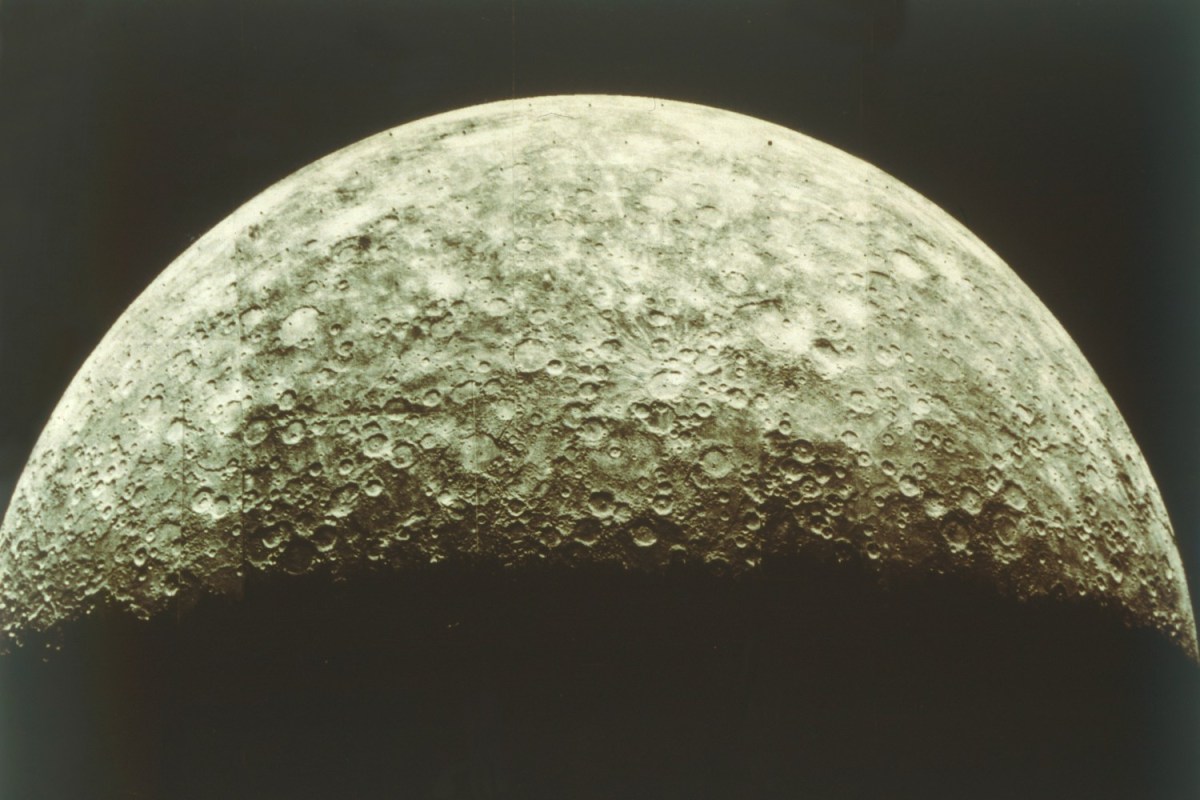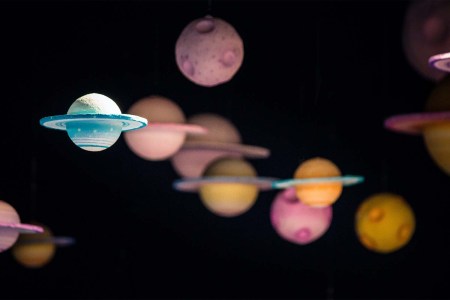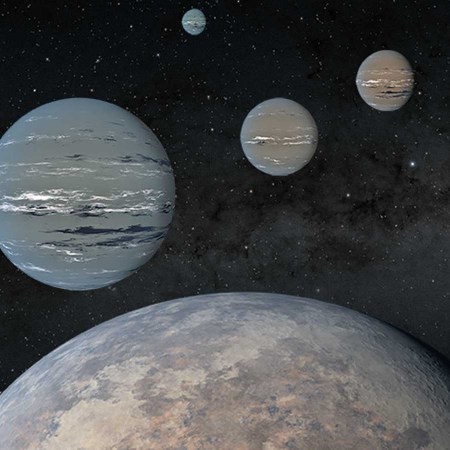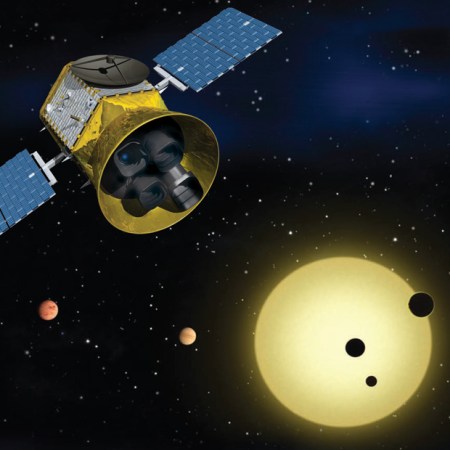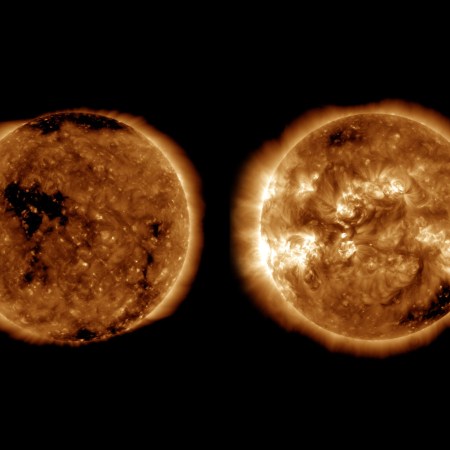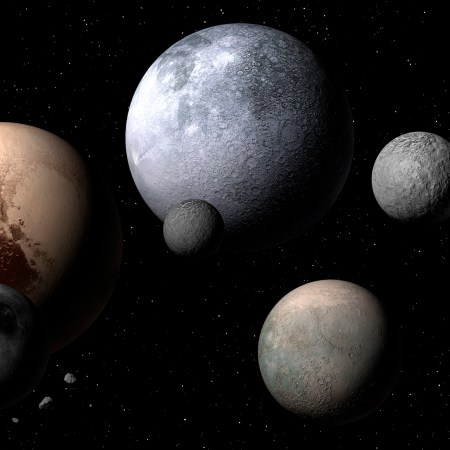When you think of the planets across the solar system, several qualities come to mind, including “very, very large.” But it turns out that some of those qualities are a bit more relative than others – and that the solar system’s smallest planet is slowly and inexorably getting smaller.
That’s the biggest takeaway from a recent article in Live Science by Briley Lewis. Turns out that Mercury is in a constant state of cooling down and — like lava does as it cools — that process tends to make things a little bit smaller. In a paper published earlier this month at Nature Geoscience, the authors describe “a slowly cooling planetary interior and prolonged global contraction” on the first planet from the sun.
The scientists’ process, Lewis notes, involved a combination of factors, including data sent back from the NASA vessel Messenger. Messenger — its name an acronym for Mercury Surface, Space Environment, Geochemistry and Ranging — spent four years orbiting Mercury before the end of its mission in 2015. As Lewis writes, dust churned up by the impact of meteors can make features of Mercury’s surface blurrier; those blurs can, in turn, be used to date rocks situated on the planet.
Are Aliens Using Rogue Planets to Get Around Instead of Spaceships?
Get in loser, we’re going planet shoppingIt’s a fascinating read, and it’s also informative in terms of demonstrating how much scientists can learn about a given planet simply by reviewing data gleaned from orbit. We’re a long way from setting foot on Mercury — if such a day ever comes — but that doesn’t mean we don’t have ways to gather information on it.
Thanks for reading InsideHook. Sign up for our daily newsletter and be in the know.
